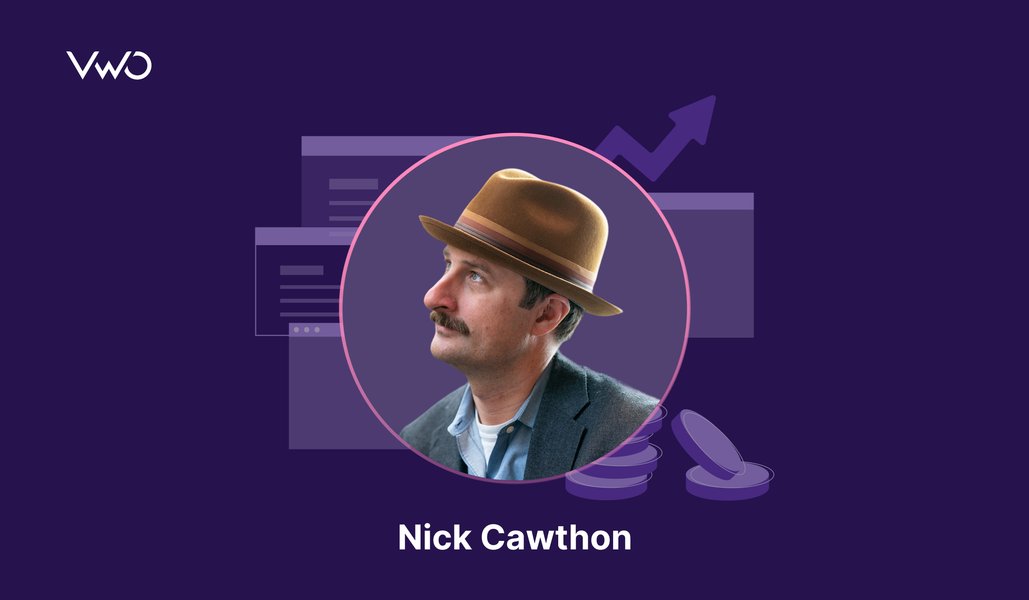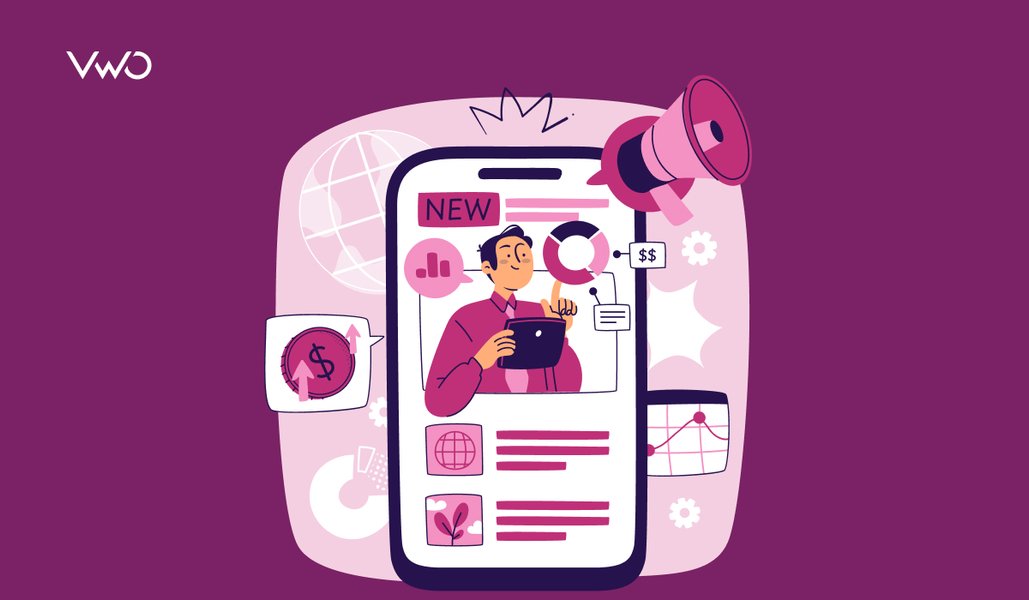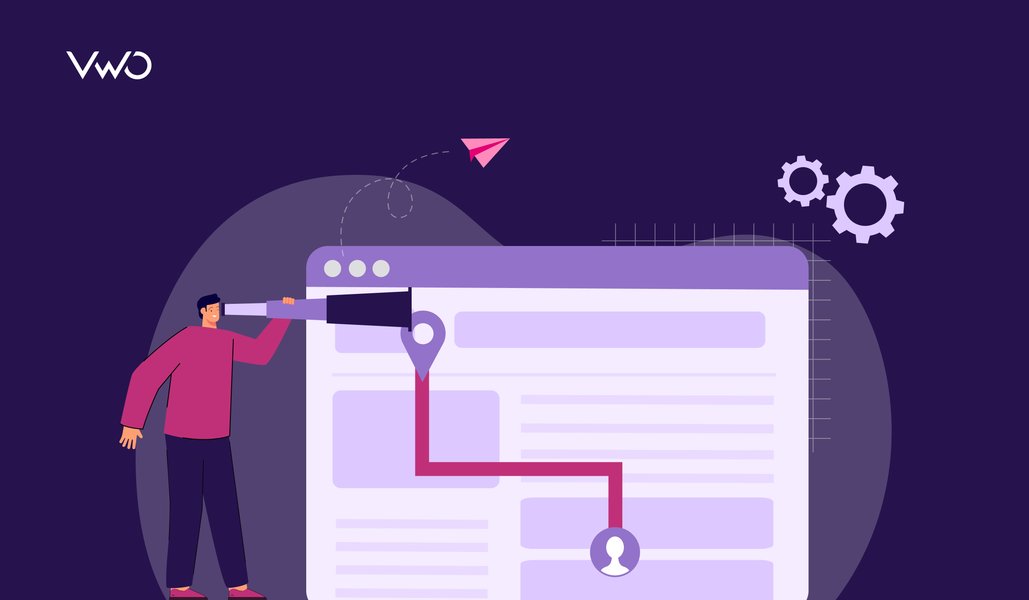We’re back with the 15th post of CRO Perspectives by VWO!
In this series, we sit down with experts across the experimentation space to uncover their strategies, philosophies, and learnings around conversion rate optimization. From scaling testing programs to embedding experimentation into company culture, these insights aim to inspire and inform anyone working to create better user experiences.
Stay tuned as we bring another expert’s voice to the table in our mission to build a smarter, more collaborative experimentation community.

Leader: Olabinjo Adeniran
Role: Senior Lifecycle Marketer
Location: London, United Kingdom
Speaks about: Growth marketing • Product marketing • Performance marketing • User acquisition and retention strategy
Why should you read the interview?
Olabinjo Adeniran is a global technology professional with over a decade of experience leading growth and product marketing for companies across fintech, travel, media, eCommerce, and crypto. He’s not only shaped strategies for some of the fastest-moving tech industries but also authored two books (The Growth Handbook – Scaling Fintech in Nigeria and 30 Days of Growth) and runs Growth Case Studies, a monthly newsletter exploring how tech companies scale.
This interview is a must-read if you’re looking to bridge the gap between user experience and business growth. Olabinjo’s approach centers on deeply understanding the user and elevating their product journey in ways that not only meet expectations—but drive real business results. His perspective offers a clear, actionable path to building products that people love and that perform.
What really separates lifecycle and growth?
The internet, data, and software have birthed unique marketing practices for the software business beyond customer acquisition. Growth marketing is the business term that encapsulates these marketing functions for software and digital businesses.
Lifecycle marketing is a subset of growth marketing. It involves managing owned channels and optimizing bottom-of-funnel activities (specifically owned channels) toward key business results. Owned channels here are SMS, notifications, in-app screens, and email.
It is pretty much a growth marketing function and relies on growth marketing practices such as conversion rate optimization, customer journey optimization, personalization, a hypothesis-driven approach, and user experience optimization.

What makes lifecycle marketing difficult
Data, attribution, and prioritization are the biggest challenges.
Data – A product that’s fast-growing or has scaled faces data challenges. We grapple with what data software to use, how they work, how to deploy them properly with our product and tech stack, how to manage costs, and how to integrate them with different tools. Some data warehousing software tends to overpromise and underdeliver. In addition, the only method to know is to test—this ends up adding more cost and time in our efforts to properly measure data.
Attribution – As a company scales, it becomes more difficult to attribute certain success or product events to one-click messaging and specific channels, especially when there are multiple campaigns running toward different in-product goals and businesses.
Prioritization – It even becomes more challenging to prioritize messaging as a company ramps up products or builds more features, and all or some of these features require customer adoption. Several business cases come up in different jurisdictions, sub-organizations, and product teams. It’s tough to prioritize efforts toward a specific set of goals. The best lifecycle managers are heavy on sticking to priorities and unfortunately have to lose a few friends in the journey because you can’t please everyone.
How testing improves the user lifecycle
A/B and multivariate tests are a must for anyone working in lifecycle marketing. I typically build hypotheses at a specific level and work from there.
E.g., let’s say we’re a fintech app that’s started a new acquisition campaign—we see large sign-ups, but 70% of users don’t finish the KYC process. The lifecycle team is tasked with building multiple hypotheses to test why KYC isn’t completed, testing out those hypotheses in specific user segments or control groups, and then coming up with a conclusion and solution that either scales a new type/format/channel of messaging or not. We pretty much follow the scientific method: Observation > Research > Hypothesis > Experimentation > Data Analysis > Conclusion.
I also collaborate closely with product, data, and UX research teams for some of my experiments, especially when I’ve validated a hypothesis and need to scale it across the product.
Testing is the bedrock of a solid lifecycle marketing professional. I always assume that I don’t know—even when I think I know.
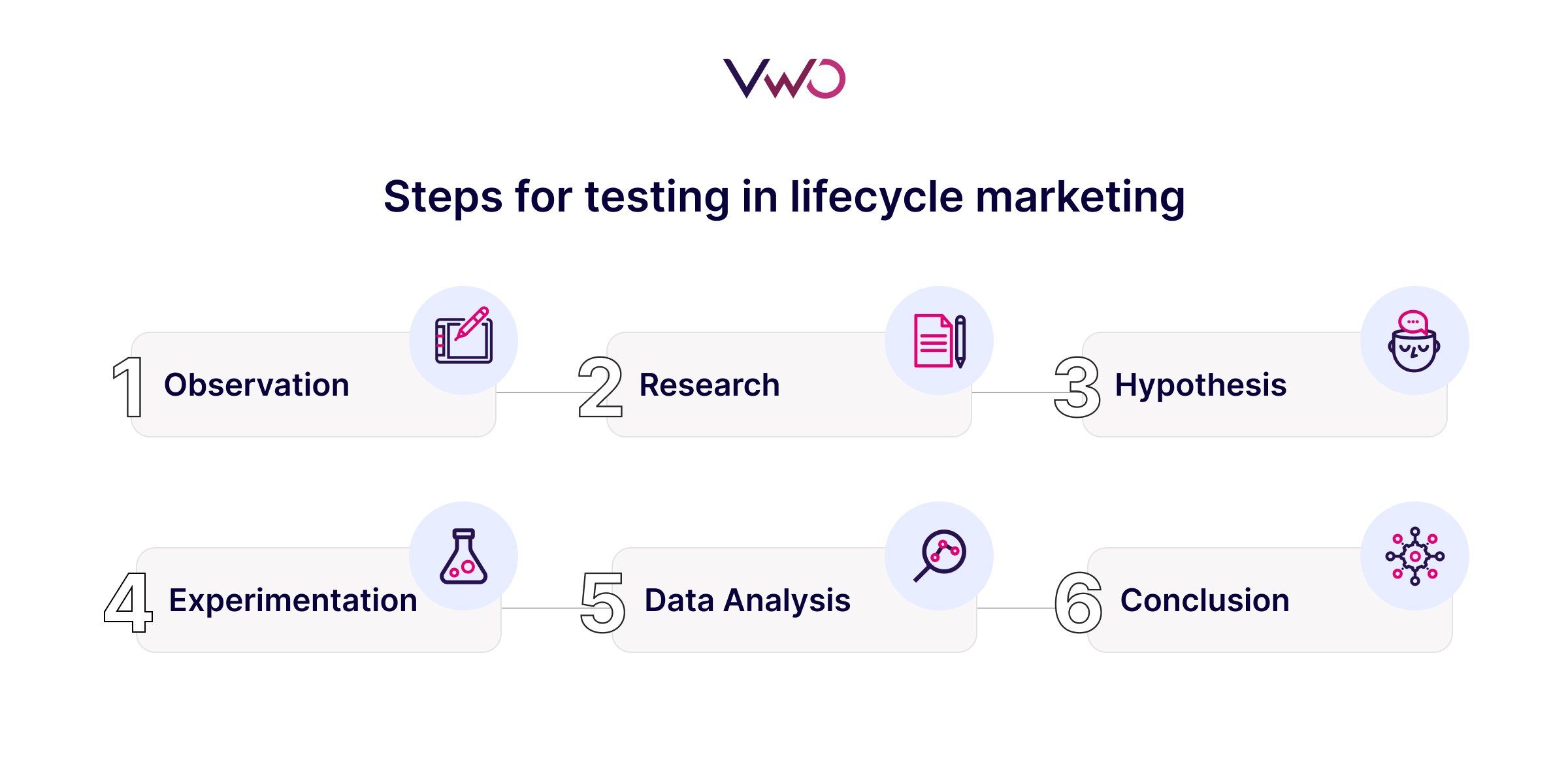
Steps to effective funnel analysis
I analyze the full funnel using a mixture of tools—all connected to each other and presented via a dashboard. First, we set up events in the product, tag those events in our tools, and build a step-by-step visual to represent what the funnel looks like. For example, at MetaMask Portfolio, the funnel for a swap looks like this:
User visits page → User connects wallet → Clicks Swap → Selects Blockchain → Selects Token to swap from → Enters Value → Selects Token to Swap to → Clicks Get Quotes → Confirms Swap.
I create various funnel visualizations based on the sequence of events for the product feature or business goal I am optimizing. We don’t necessarily want to capture every step in the flow, but the most important steps from visitor to actual paying customer.
I use tools like Segment, Mixpanel, HubSpot, Customer.io, Google Analytics, and Looker. I also work with a data analyst to ensure I’m capturing the appropriate data points, measuring the right metrics, and attributing them appropriately.
Understand how users behave with VWO Funnels—map their journeys, uncover friction, and identify why they drop off. Apply segmentation like device type, query parameters, and custom events to sharpen your insights. Capture and annotate key findings in real time to drive smarter, faster optimization decisions.
How customer research informs lifecycle decision-making
I work closely with product marketing, customer success, and user experience research. These three groups have closer relationships with the customer than I have. In my most recent role, I relied on the product marketing team for deeper insights into the brand and customer psyche, the customer success manager for common complaints and pain points, and the user experience research team for new methods of deploying messaging.
The way to balance is to talk to customers and get constant feedback while looking at the quantitative data. There’s a danger of leaning too much to one aspect and ignoring the other. In my experience, one method doesn’t trump the other.
E.g., if we launch a new product feature, we could gauge customer success by how many users adopt the feature within a specific period. This is also an opportunity to actually speak to customers and gather feedback that helps us better market the feature and position it to the appropriate audience segment.
A dashboard will often show us whether our new feature is a hit with customers or not. However, a dashboard doesn’t show us how customers feel about the feature or what questions they might have.
Perks and perils of over-segmenting your data
Personalization is the most critical aspect of lifecycle. Our goal is to solve the user’s problem as it presents itself to suit the user’s exact needs. There are multiple ways to personalize a product. We could optimize the product itself for different use cases or user buckets.
We could select points in the user journey to build educational messaging that solves the user’s problems. Or we could promote certain features based on the user’s specific journey. We could also do these things by location, language, demographic, and in-app habits.
There’s a danger in over-segmenting customer data to the finest and minute event points. It leads to over-messaging, and the product or brand becomes burdensome from a customer point of view.
For example, do you really need to send an email at every point in the customer journey? Is it better to show personalized messaging in the app instead? Yes, we need to send the right product message to the right customer at the right time, but we need to do this in an efficient and cost-effective manner—we simply can’t send deals or discounts every time any person checks out a new feature.
The big data trend has gotten many companies to over-segment data. It’s led to over-personalization that has eaten into company margins.
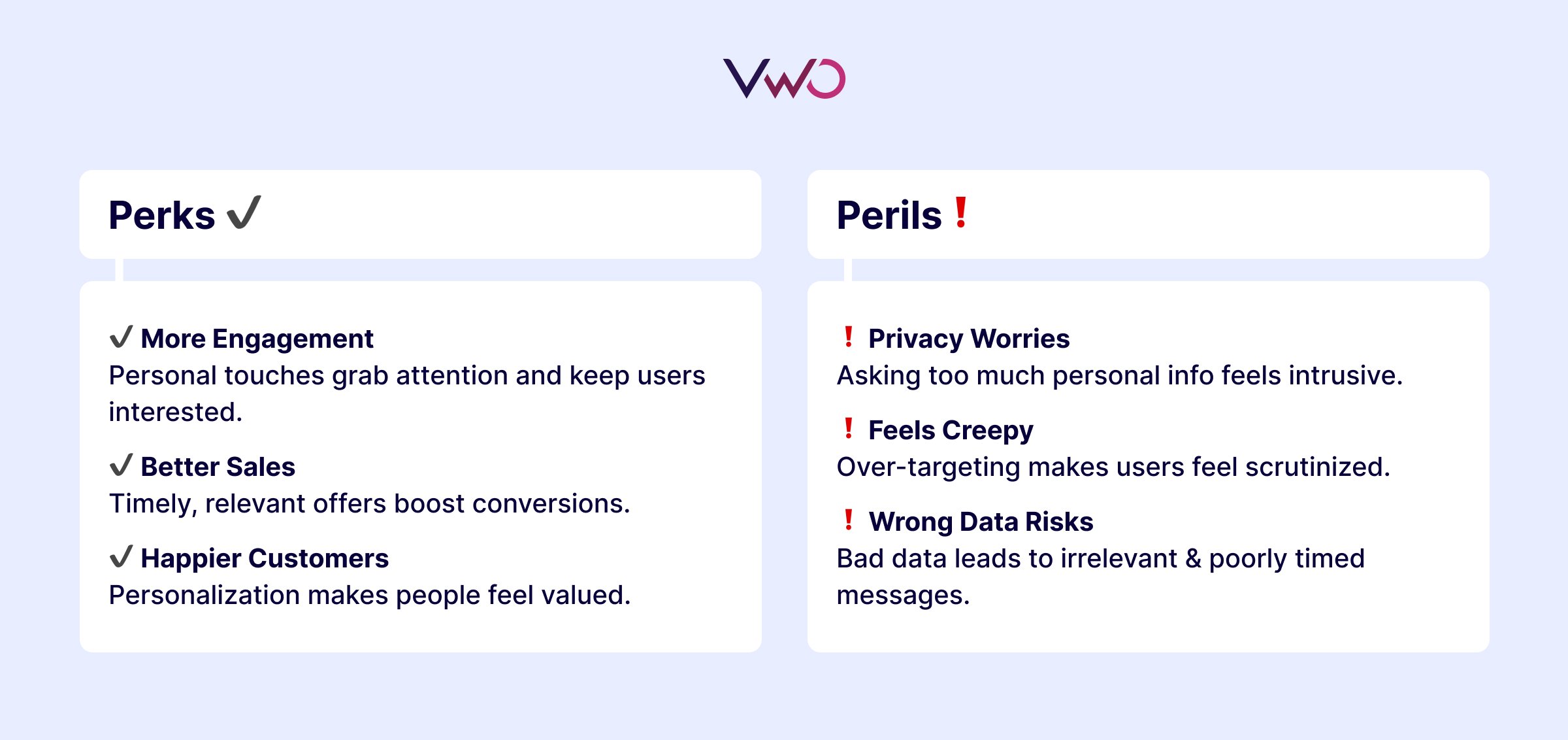
Roadblocks in adopting lifecycle strategy
There are multiple different reasons.
One is that some companies make enough revenue and see healthy margins, so they don’t see the necessity for a fully integrated lifecycle strategy.
Another is a lack of awareness about the tools they could use to achieve customer success. I was talking to a friend just yesterday about this. Despite all the technology and improvements with cart abandonment for e-commerce and digital services, there are a lot of companies who never follow up when a customer abandons a cart. Whether this is retargeting ads, emails, or notifications—many companies do nothing because they don’t know how.
The third is outdated software. Some web and mobile services run on outdated software that cannot pull and push information to modern web services. It’s actually a technically difficult problem to solve, so an engineering team might find it overwhelming because it requires overhauling legacy systems.
The fourth is expense and capacity. At a certain level of customer scale, businesses are large, and they cannot afford the investments required for lifecycle marketing. It’s always best to build the lifecycle marketing practice as soon as a business hits product-market fit.
Where AI wins and where it lags
We’re seeing AI used in quick experimentation and code deployment. In a recent role, my manager and I had some coding experience and were able to code a prototype in a few minutes, test it, and confirm how well it worked. While our stellar engineering team needed to review this prototype, it gave us the autonomy to build and show colleagues what our experimentation idea looked like in practice.
But even when provided with our content library, some of the AI tools consistently fail to create content that aligns with our brand and tone of voice. I’m not sure if this will get better soon, but I’m hopeful that tools like Spiral help us create better content faster.
I’m also hopeful that LLMs can better optimize targeting, messaging, and placements. I use a bunch of tools in my work (HubSpot and Customer.io), for example, but haven’t seen any customer-facing improvements in lifecycle since GPT was published. I’m hoping that LLMs can better help us understand disparate user data and make sense of them in a structured manner so that we can provide more value to customers.
For teams without engineering experience, AI has not significantly impacted lifecycle work beyond content generation and modification. I have tried using several different chatbots and content software to create content but found that they dilute the brand.
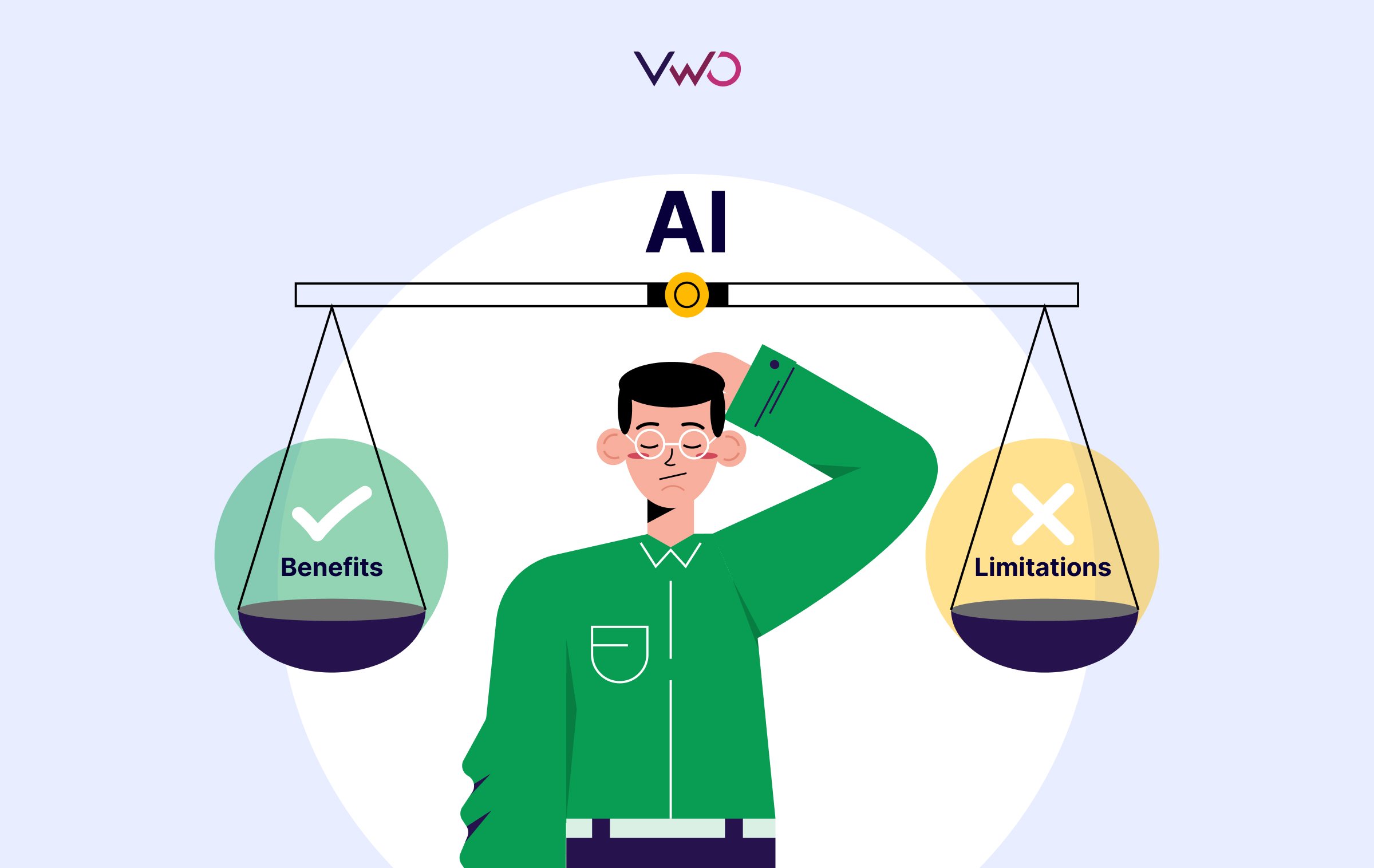
Olabinjo’s bold beliefs behind big wins
There’s a lot of anti-data messaging out there, and I’m not sure why. We need to collect certain amounts of data from digital products to build the best customer experience. This is almost a given.
Should we collect all the data in the world and log every minute event? Absolutely not. But in a product where there’s massive data debt, it’s very difficult to build a lifecycle program that’s targeted, personalized, and relevant. This is especially important in venture-backed, for-profit product organizations.
Our customers and users want us to understand them better and build truly personable services. It is pretty difficult to achieve this without data. The lifecycle tools we have today simply don’t work without data—maybe AI can help us achieve this in the near future.
Wrapping up
When a user starts their journey with your brand, you don’t just hope for the best — you test to create experiences that actually work. Growth or lifecycle marketing, it doesn’t matter. As Olabinjo said, testing stays at the heart of it all.
Hope this chat cleared up a lot of your questions and gave you some fresh direction. And if you’re thinking about testing across your website and app to get the most out of your traffic, check out VWO. Our team’s here to help — let’s talk!




